“Scream 2” may be a meta horror comedy, but the death of Maureen Evans proves this genre well runs much deeper.
Maureen Evan’s (Jada Pinkett Smith) death scene in Scream 2 still haunts my psyche to this day. For me, this opening scene has always been a metaphor of the realities Black America has faced; while a White America stands paralyzed watching the horrors of injustice unfold. Fans of this famous lineage will revisit the series this year in anticipation of Scream 5’s January 2022 release.
I invite fans who revisit Scream 2 to evaluate what this first scene with Maureen Evans represents to them about race and America. I always felt Kevin Williamson, Wes Craven, and Jada Pinkett Smith were trying to convey a message back in 1997, to the extent they were allowed to — long before everyone was running around with a cell phone glued to their hand; long before Black Lives Matter was formed in 2013.
The sequel came six years after the world witnessed the brutality of Rodney King on the television. Scream 2 subtly planted a seed of reflection on what was missing within the Horror genre.
Horror had bounced back and dusted itself off with the rise of Scream, the original film’s success, but some aspects of the genre needed reinvention: racial inclusiveness.
Scream 2’s inclusion was a start though, adding other black actors to the star studded cast: Hallie McDaniel (Elise Neal), Sidney’s roommate, and Joel (Duane Martin), Gale’s camera man. In 1997, Hollywood made great strides to push Black Cinema forward with both box office and award winning successes: Rosewood, Love Jones, Eve’s Bayou, Soul Food, B.A.P.S., as well as the white-directed contributions of Amistad and Jackie Brown.
While drama and comedy flourished, unfortunately Horror trailed way behind in the distance to the old casting troupes of “The Black Best Friend” or “The Angry Black Woman” or “Man.”
The following conversation between Maureen and her boyfriend Phil Stevens (Omar Epps) pretty much recaps Black America’s vacillating history to be included in horror:
Phil: “Tonight we’re going to have an all-black movie, all black cast, all black wardrobe, black eyes, black everything. Black-eyed peas, black cats!” Phil and Maureen are handed a free Ghostface costume set upon entering the theater. Everyone in the audience is essentially given a mask to wear… Maureen: “and it’s white.”
After all Hollywood is one big mask…
The Opening Scene
The first eleven and half minutes are emotionally visceral, where the foreshadowing and dialog land perfectly on their cues.
Pinkett Smith’s intuitive performance was a godsend to the editor. As Phil and Maureen enter the auditorium, a ghost-faced patron brushes up past them with fake knife in tow, “Kill, kill, kill.” a cue impending their fates. The audience is enthusiastic to an obnoxious stance. Maureen is uncomfortable and on edge; she is still not convinced they should be there. The scene continues to build up a worthy introduction to the film within in a film, Stab.
I don’t want to go into too much more detail here, as I want you to experience the whole scene for yourself.
Skipping to the end of the opener, Maureen makes her way up to the stage bleeding after multiple stab wounds. The majority of the audience believe Maureen’s slow ascension towards the middle of the stage is a publicity stunt. The reality is she needs help. Within the lively and chaotic crowd, masks start to come off. Understandably, most of the theater attendees are paralyzed in questioning what they are witnessing, but the sight is eerie at the same time.
In that moment of that particular scene, I had quick flashbacks of photos depicting an ugly past: young black males hanging from trees.
While they hung, whites looked up and cheered on.
Though no one is cheering on Maureen’s death with hideous intention, no one is doing anything. It’s that image that speaks a thousand words. Now the context here is not meant to racially harm. However, it does still conjure that image of white bystanders standing idly by in the face of black suffering. Lack of action can be just as deadly as harmful action.
Maureen's death in Scream 2 is significant to Black America's history on the big screen, and to our current reality. That is the emotional revelation that scene still holds for me. Click To Tweet
Maureen’s apprehension and instincts represent the anxiety Black Americans have historically faced when entering predominately white settings.
Those hideous transgressions of slavery and Jim Crow left a deep, dirty scar America can’t put a mask on.
This echo chamber can be replayed again in the opening scene of Jordan Peele’s 2017, Oscar-winning film Get Out. Peele cleverly invites black and white America to examine their own racial cues with his stylistic approach. Because of this historical paradigm shift, Black Noire is here to stay!
In a new reality called 2020, a tragic event on May 25th changed the world forever: George Floyd’s death.
The horrific footage of a man begging for his life would play around the world, elevating America’s dirty secret to a much bigger stage.
Photo credit: @TonyTheTigersSon via Twenty20However, a miracle happened. Americans were no longer content standing on the sidelines, apathetically re-watching the footage on every 24-hours news network. Americans were done being paralyzed in disbelief, refusing to see what was right in front of them.
The news was inescapable, the names were unforgettable. Breonna Taylor, Ahmaud Arbery, Eric Garner, Tamir Rice, Bettie Jones, Atatiana Jefferson, Walter Scott, and so many others.
We weren’t just in a pandemic; it was an epidemic of racism, intolerance, and injustice. “Black Lives Matter!” was shouted up and down the streets of every major city, by people from all walks of life, until the voices could not be silenced or ignored any longer.
I think, if the opening scene of Scream 2 was filmed today, it would be a different scene.
Photo credit: @thejoeyyouknow via Twenty20I would envision half of an audience proactive in aiding Maureen, the other half recording the incident with their cell phones.
Ironically, I just watched an interview with Pinkett Smith on Entertainment Weekly’s Couch Surfing via YouTube. She reflected back on Scream 2 with much ownership of her role. Wes Craven granted Pinkett Smith her wish for the most horrific and elaborate death. “I want it to be long and excruciating,” she exclaimed.
After all, race matters have been long and excruciating. Her death adds to the horror of dying alone in front of others with no help.
Hats off to Pinkett Smith for pushing it, to Craven for being the conscious rebel he was, and to Williamson for imprinting it as the first scene. For decades, that scene has made my stomach turn, and left me feeling that the paralysis within White America would be a hard one to maneuver change from.
The last year of chaos certainly changed the climate we live in. Will America keep moving forward with huge strides towards racial justice for all? Or will we remain paralyzed — watching black lives in danger through our hand held black mirrors?
What does the opening scene of Maureen Evan’s death represent for you in today’s world?


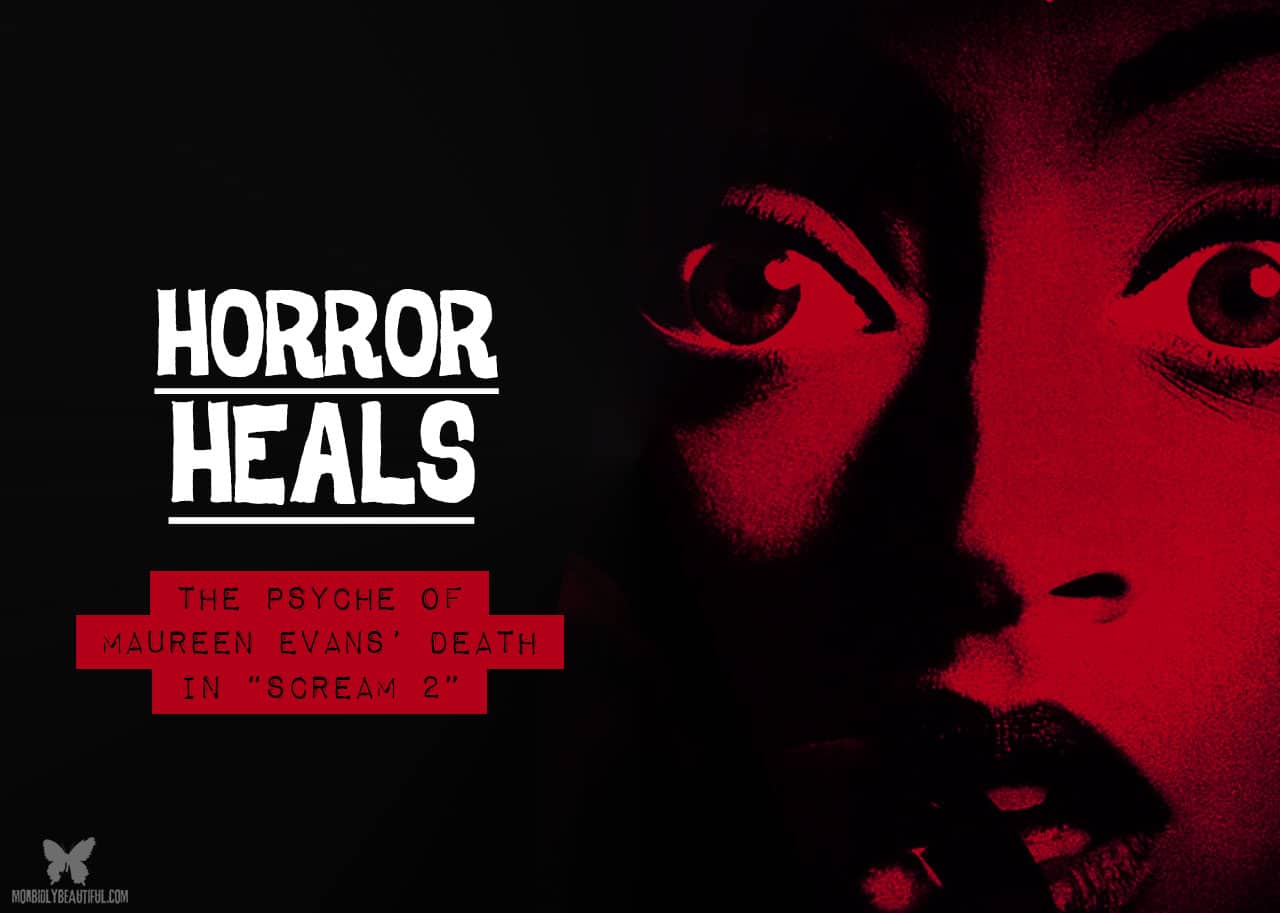
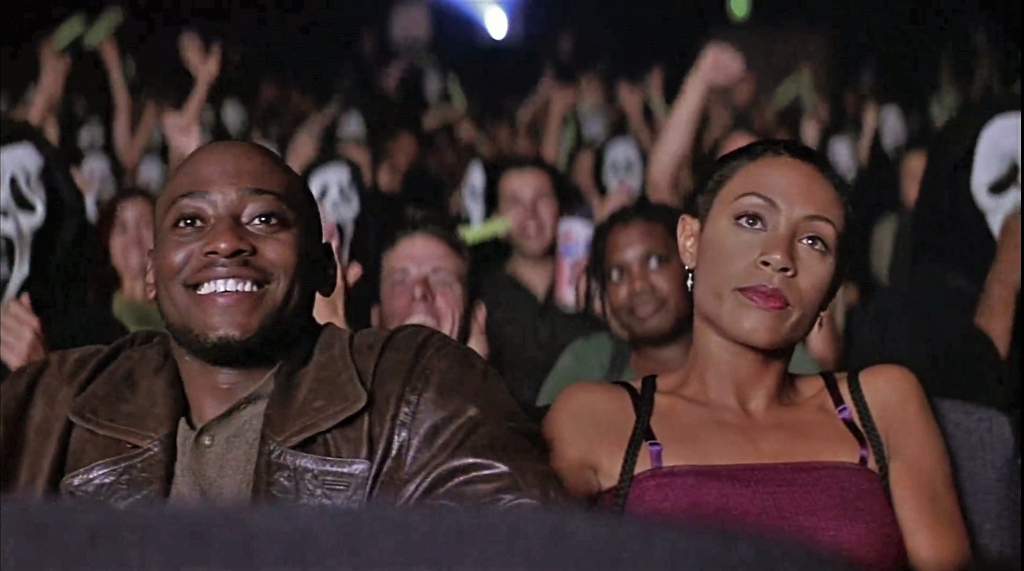
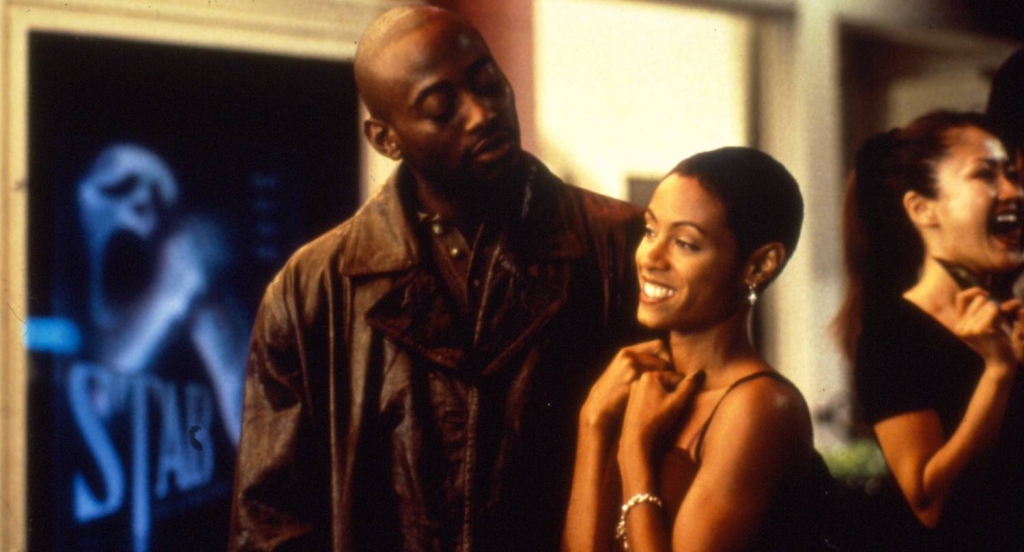

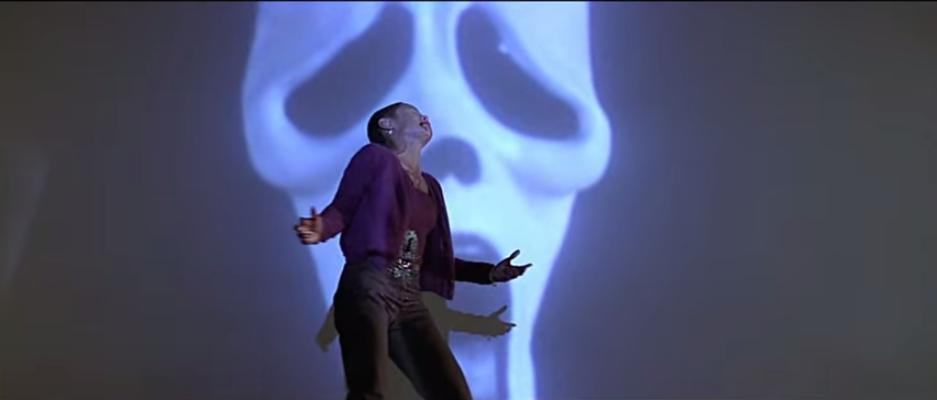
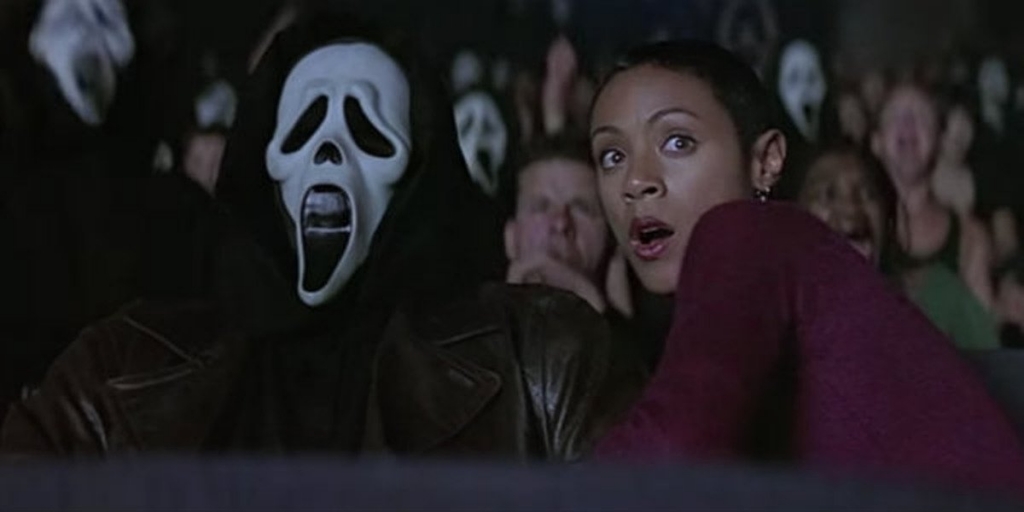
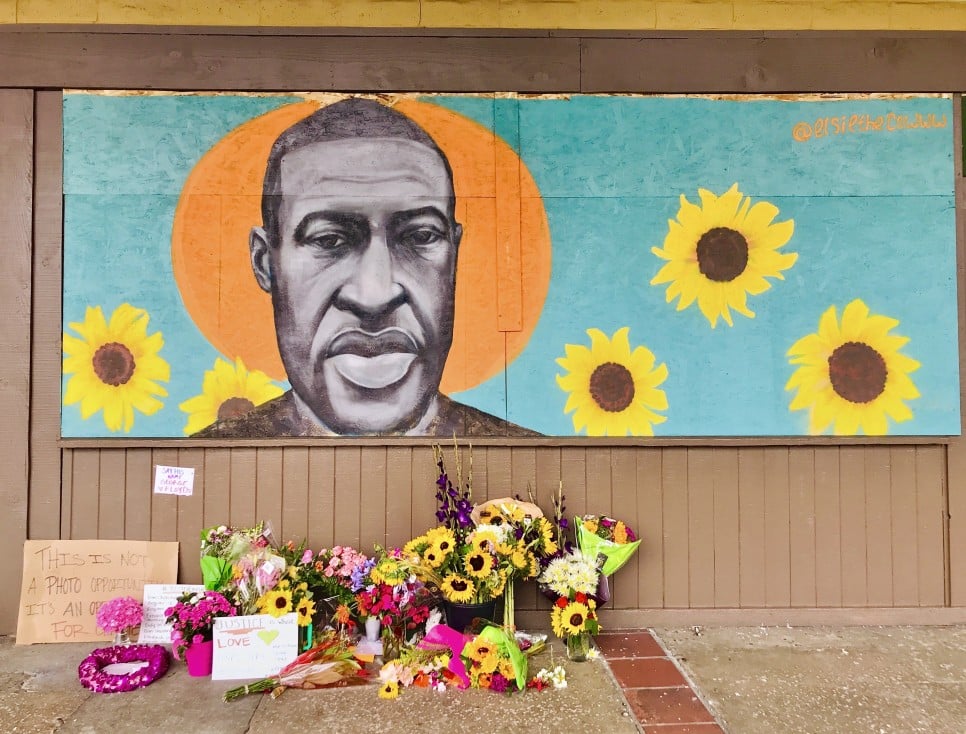
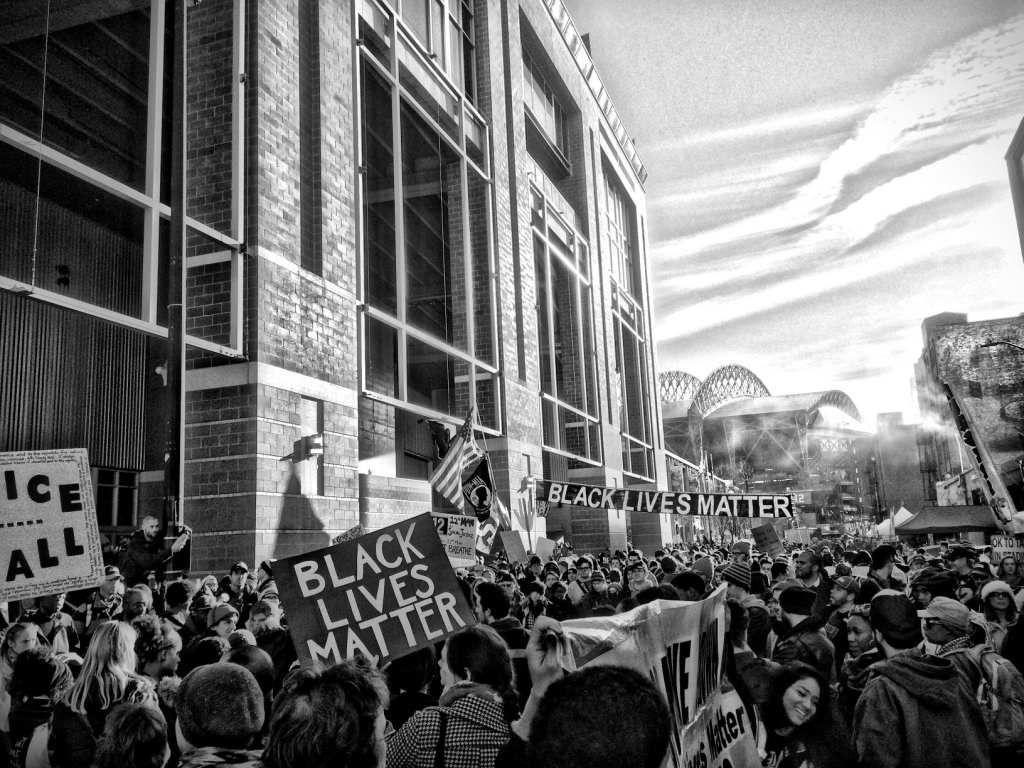

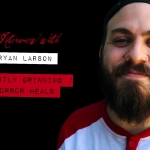
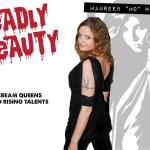
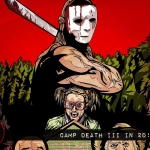








Follow Us!